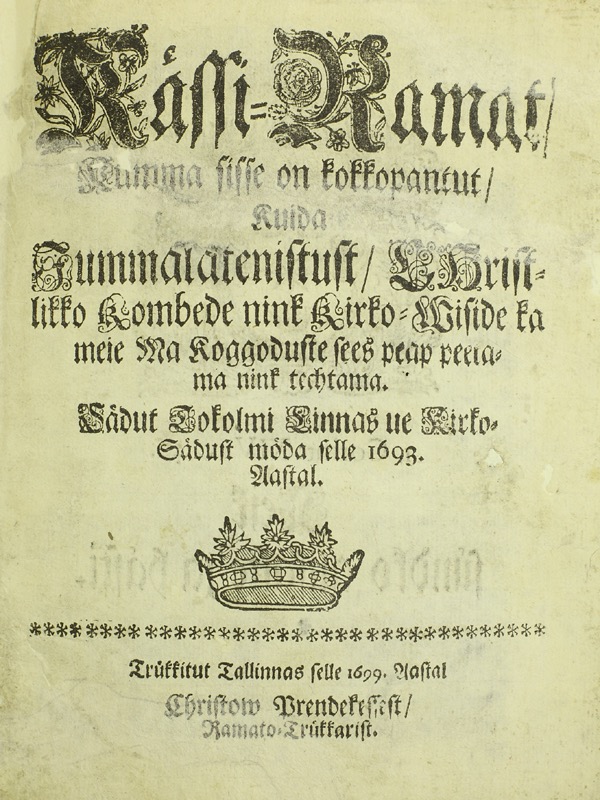Illustration: "Manual for Worship", 1699. From the collection of the Narva Museum.
March 14 – Native Language Day!
Native Language Day is a national commemorative day in Estonia and has been celebrated since 1996. But the history of the Estonian language began much earlier – back in the 16th century.
Imagine Estonia at that time: peasants spoke their native Estonian, but education was mostly available in German or Swedish. So how did the written Estonian language come into existence?
In the 17th century, a man appeared who literally wrote the future of Estonian grammar – Bengt Gottfried Forselius. This educator realized that Estonians needed to learn to read and write in their own language. Although he lived only 28 years, he managed to create the first Estonian alphabet book, simplify spelling, and even found a school to train future teachers! Thanks to these schools, books, and passionate advocates, the language began to grow and became an important part of national culture.
In the 16th century, the first books in Estonian started to be printed. One of the most important was the translation of the New Testament in 1686 by Adrian Virginius. Before that, most books were in German or Latin. It's also important to note that Estonians spoke different dialects at the time – North Estonian and South Estonian. Interestingly, books were printed in different dialects too! But which one would become the “official” standard? This debate lasted for centuries, and ultimately, the North Estonian dialect became the basis of modern standard Estonian.

https://www.muis.ee/en_GB/museaalview/1566353
